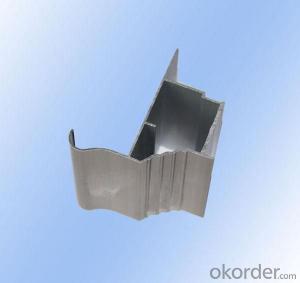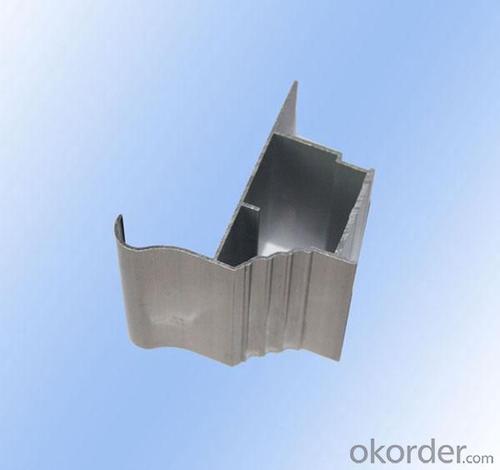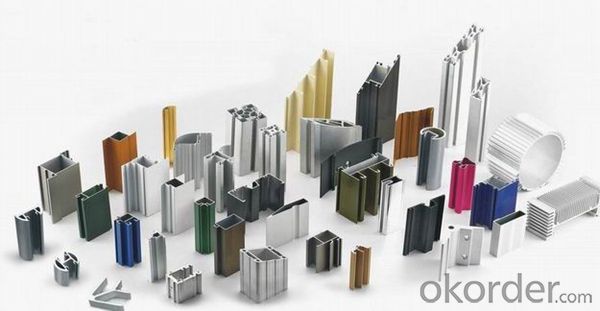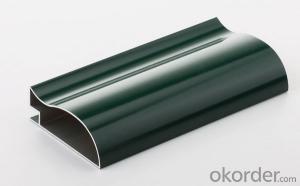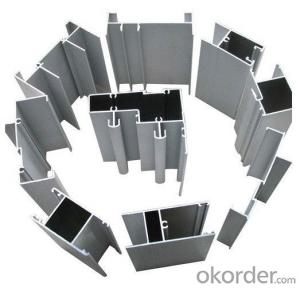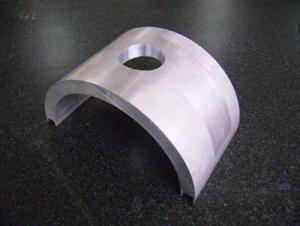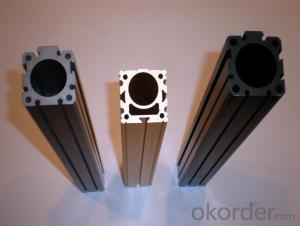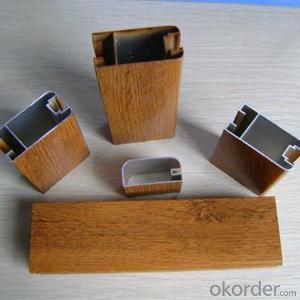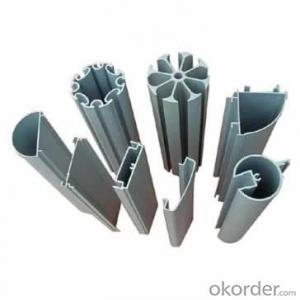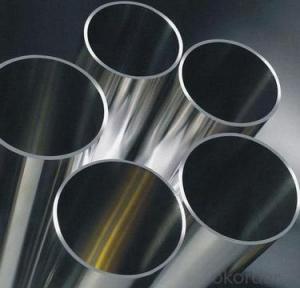Mill Finish Aluminum Led Extrusion Profiles - Made in China
- Loading Port:
- Shanghai
- Payment Terms:
- TT OR LC
- Min Order Qty:
- 5 m.t.
- Supply Capability:
- 10000 m.t./month
OKorder Service Pledge
OKorder Financial Service
You Might Also Like
Specification
1. Specification of Mill Finish Aluminum Profile Extrusion Made in China
Alloy | AA1050,AA1060, AA1070, AA1100 |
Temper: | H12, H14, H16, H18, H22, H24, H26, H32,HO, F |
Thickness: | 0.10-500mm |
Width: | 10mm- 2200mm |
Standard: | GB/T3880-2006, ASTM, ISO, EU standard |
Special Specification is available on customer’s requirement | |
2. Application of Mill Finish Aluminum Profile Extrusion Made in China
wall cladding, ceilings, bathrooms, kitchens and balconies, shutters, doors,windows…
3. Feature of Mill Finish Aluminum Profile Extrusion Made in China
Surface Quality :
Be free from Oil Stain, Dent, Inclusion, Scratches, Stain, Oxide Decoration, Breaks, Corrosion, Roll Marks, Dirt Streaks and other defect which will interfere with use,
Mochenical Property:
Chemical Composite and Mechanical Property
4. Certificate:
SGS and ROHS(if client request, paid by client), MTC(plant provided), Certificate of Origin(FORM A, FORM E, CO), Bureau Veritas and SGS (if client request, paid by client), CIQS certificate
5. Image of Mill Finish Aluminum Profile Extrusion Made in China
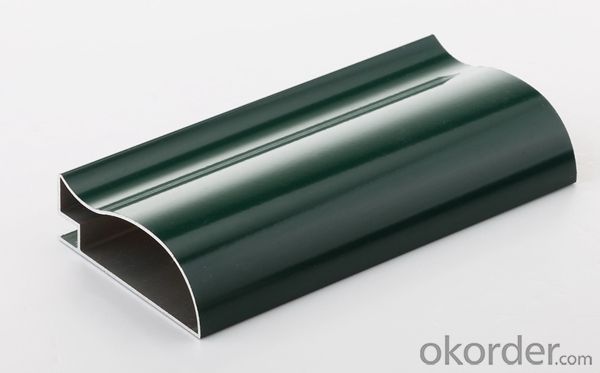
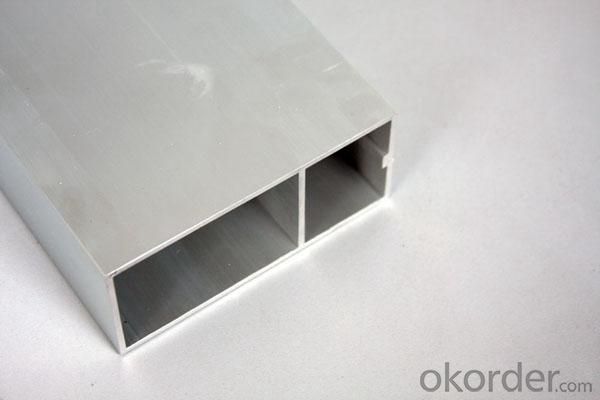
6. Package and shipping of Mill Finish Aluminum Profile Extrusion Made in China
First, plastic cloth with drying agent inside; Second, Pearl Wool; Third, wooden cases with dry agent, fumigation wooden pallets, aluminum surface could cover blue PVC film
7. FAQ
Question 1: What is your MOQ?
We accept one ton per type for an order. But the detail we could negotiate.
Question 2: What is your normal terms of payment?
We always trade with you by T/T. But we also accept the L/C as you require.
Question 3: How many kinds of the surface treatment we can choose?
You could choose different color of powder coated. Anodized of black. matte silver, nature, champagne, bronze color. Mill finished. Wooden finished and printed.etc.
Question 4: Can you supply OEM services?
We offer OEM services for 17 years.
Question 5: How many days for opening the mould?
Normally about 10 days.According to the difficulty of your drawing.
Question 6: Can i choose the package what i want?
Yes, of course. We offer various kinds of package.e.g.PE foam. Shrink film. Wrapping paper.
But we would give you professional suggestion of package.
- Q: What are the different surface protection options available for aluminum profiles?
- Various surface protection options are available for aluminum profiles, depending on specific requirements and applications. 1. Anodizing is a commonly used surface treatment for aluminum profiles. It involves an electrochemical process that creates a protective oxide layer on the surface. Anodizing offers excellent corrosion resistance, durability, and can enhance the profiles' aesthetic appearance with a variety of colors. 2. Another popular option is powder coating. This process applies a dry powder to the profiles' surface through electrostatics, which is then cured under heat to form a protective coating. Powder coating provides durability, scratch resistance, and comes in various colors and finishes. 3. Painting is a traditional method for protecting aluminum profiles. It involves applying a liquid paint coating that safeguards against corrosion, UV radiation, and enhances appearance. Painting offers a wide range of colors and finishes to meet aesthetic requirements. 4. Clear coating is commonly used when preserving the natural appearance of the aluminum profiles is desired. This coating forms a transparent film on the surface, protecting against oxidation, scratches, and other environmental factors while showcasing the metallic look. 5. Film coating, also known as protective film or peelable coating, is a temporary option. A thin layer of film is applied to protect the profiles during transportation, handling, or installation. The film can be easily peeled off after installation, leaving a clean surface. 6. Mechanical finishing techniques such as brushing, polishing, or sandblasting can improve the surface appearance of aluminum profiles. These methods can achieve desired texture, gloss level, or remove imperfections. While they do not provide long-term protection, they can be combined with other options for enhanced aesthetics. Overall, choosing the appropriate surface protection option for aluminum profiles depends on factors like intended application, desired aesthetics, durability requirements, and cost considerations. Selecting the most suitable option ensures the profiles' longevity and performance.
- Q: Can aluminum profiles be used in window and door manufacturing?
- Yes, aluminum profiles can be used in window and door manufacturing. Aluminum is a popular material choice for window and door frames due to its many advantages. It is lightweight, durable, corrosion-resistant, and offers excellent strength-to-weight ratio. Aluminum profiles can be easily shaped and customized to fit various window and door designs, allowing for flexibility in manufacturing. Additionally, aluminum frames are low maintenance, requiring little upkeep over their lifespan. They also have excellent thermal and sound insulation properties, making them energy-efficient and capable of reducing noise transmission. Overall, aluminum profiles are widely used in window and door manufacturing due to their versatility, durability, and performance benefits.
- Q: What are the standards and regulations that control the use of aluminum profiles in construction?
- <p>Yes, there are several standards and regulations that govern the use of aluminum profiles in construction. These include international standards such as ISO 7039 and ISO 8039, which specify requirements for aluminum alloy extruded profiles. In the United States, the American Architectural Manufacturers Association (AAMA) provides guidelines, and the Aluminum Association sets standards for aluminum products. European standards like EN 755 and EN 12206 cover aluminum extrusions for general purposes and structural applications. Compliance with these standards ensures the safety, durability, and performance of aluminum profiles in construction projects.</p>
- Q: Can aluminum profiles be used for security doors and windows?
- Yes, aluminum profiles can be used for security doors and windows. Aluminum is a strong and durable material that is resistant to corrosion, making it an ideal choice for security applications. Aluminum profiles can be designed and manufactured to meet specific security requirements, such as reinforced frames, multi-point locking systems, and impact-resistant glass. Additionally, aluminum profiles offer a sleek and modern aesthetic, allowing for the creation of stylish security doors and windows. Overall, aluminum profiles provide a reliable and secure solution for enhancing the safety and protection of both residential and commercial properties.
- Q: This question asks about the various types of fastening mechanisms used to attach exterior walls to the structural frames of buildings.
- <p>Different types of fasteners used to secure exterior walls to building frames include nails, screws, bolts, and anchors. Nails are commonly used for wood-framed structures, while screws offer greater holding power. Bolts are used in steel or concrete structures and can be either through-bolts or expansion bolts. Anchors, such as masonry or concrete anchors, are used for securing to masonry or concrete walls. Additionally, adhesives and mechanical fasteners like clips and brackets are also used depending on the material and design of the exterior wall and building frame.</p>
- Q: How do aluminum profiles perform in terms of dimensional stability?
- Aluminum profiles generally exhibit excellent dimensional stability due to their inherent stiffness and low coefficient of thermal expansion. This means that they maintain their shape and dimensions even under varying temperature conditions, making them suitable for applications where precision and accuracy are crucial.
- Q: How is the price of aluminum profile calculated?
- General Factory aluminum prices are in accordance with the composition of component models of aluminum ingot price plus processing fees in the form of the aluminum price is reference price (the South China Sea coastal area informed factory according to the settlement price) or the Yangtze River (the mainland manufacturers in accordance with the price of aluminum ingots, aluminum price settlement price) every day is not the same, can check on the Internet to the price of aluminum ingots (holidays are closed, no aluminum price), and processing fees for each plant according to surface treatment you need and pricing, general spraying at around 4500, around 5500 (compared with ordinary electrophoresis but also can plant, GB material processing fee).
- Q: How do aluminum profiles resist corrosion?
- Due to the formation of a protective oxide layer on their surface, aluminum profiles naturally resist corrosion. When exposed to oxygen in the air, aluminum reacts and creates a thin layer of aluminum oxide. This oxide layer acts as a barrier, preventing further oxidation and corrosion of the metal underneath. It is tightly bonded to the aluminum surface, making it highly durable and resistant to environmental factors like moisture, chemicals, and UV radiation. Furthermore, aluminum profiles can be further improved with surface treatments like anodizing or powder coating, which provide an extra layer of protection against corrosion. These treatments not only enhance the appearance of the profiles but also enhance their resistance to corrosion, making them suitable for various industries. In conclusion, the natural oxide layer and the ability to apply additional protective coatings make aluminum profiles highly resistant to corrosion, ensuring their long-lasting and durable performance in different environments.
- Q: What are the dimensions of standard aluminum profiles?
- The dimensions of standard aluminum profiles vary depending on the specific application and industry standards. However, there are common dimensions that are widely used in various industries. Typically, the width of standard aluminum profiles can range from a few millimeters to several hundred millimeters. The height or depth of profiles can also vary, ranging from a few millimeters to several inches. In terms of length, standard aluminum profiles are often available in standard lengths of 6 meters or 20 feet. However, they can also be custom-cut to specific lengths as per the requirements of the project. Moreover, the thickness or wall thickness of aluminum profiles can vary depending on the intended use and load-bearing capacity. Generally, aluminum profiles have a thickness ranging from 0.5 millimeters to several millimeters. It is important to note that these dimensions are not fixed and may vary depending on the manufacturer, industry standards, and specific requirements of the project. Therefore, it is recommended to consult the manufacturer or supplier to determine the exact dimensions of standard aluminum profiles for a particular application.
- Q: Are there any limitations or drawbacks of using aluminum profiles?
- Yes, there are limitations and drawbacks to using aluminum profiles. One limitation is that aluminum is not as strong as other metals like steel, so it may not be suitable for applications that require high strength or load-bearing capacities. Additionally, aluminum profiles can be more expensive compared to other materials. They can also be prone to corrosion if not properly protected or coated. Finally, aluminum profiles may have limited design options compared to other materials, potentially restricting the range of shapes and sizes that can be achieved.
Send your message to us
Mill Finish Aluminum Led Extrusion Profiles - Made in China
- Loading Port:
- Shanghai
- Payment Terms:
- TT OR LC
- Min Order Qty:
- 5 m.t.
- Supply Capability:
- 10000 m.t./month
OKorder Service Pledge
OKorder Financial Service
Similar products
Hot products
Hot Searches
Related keywords
